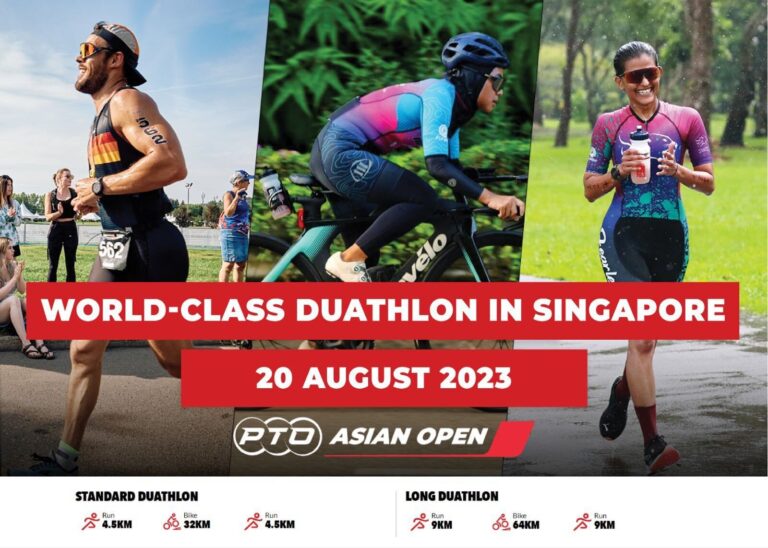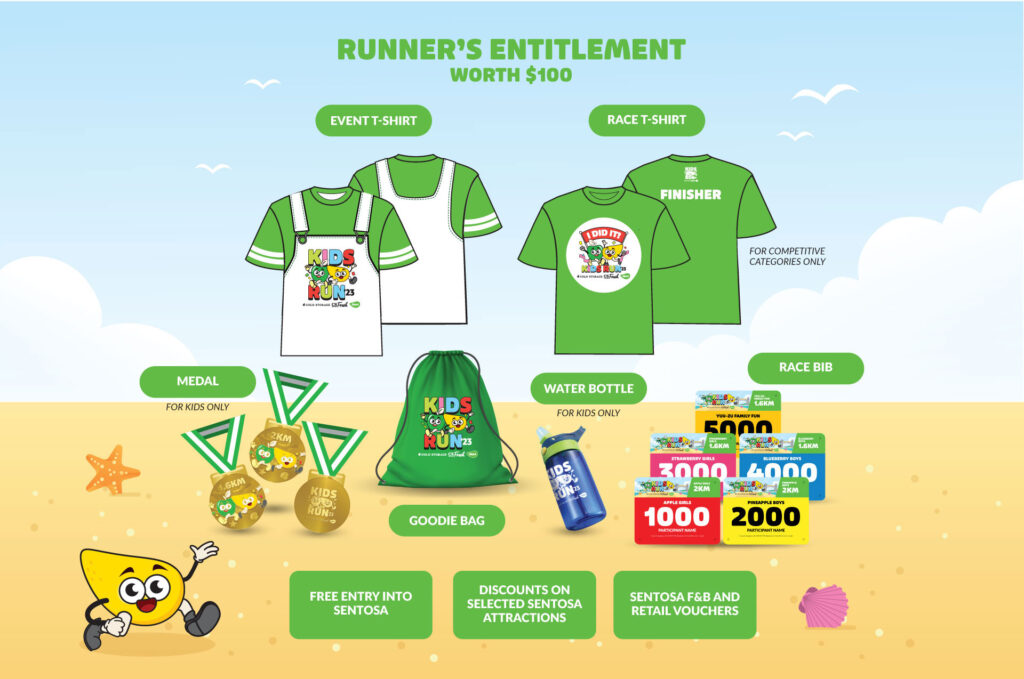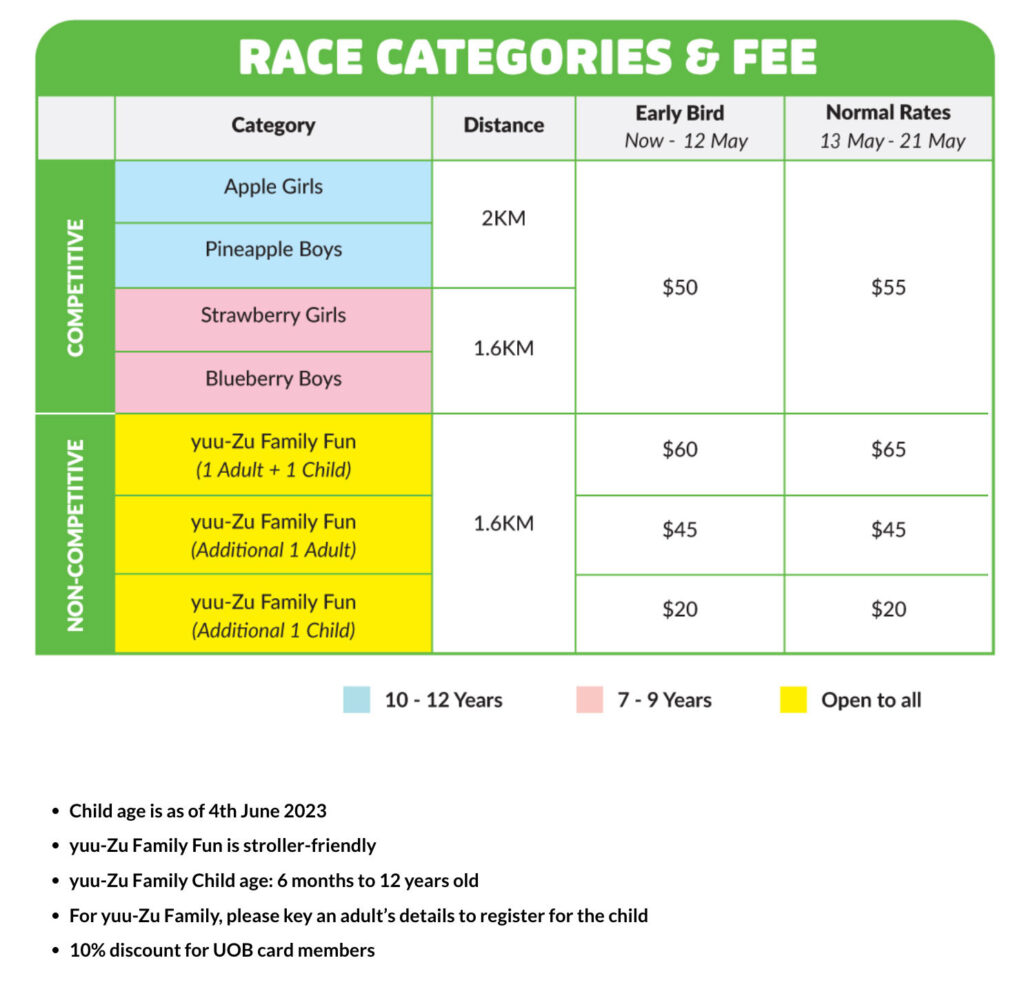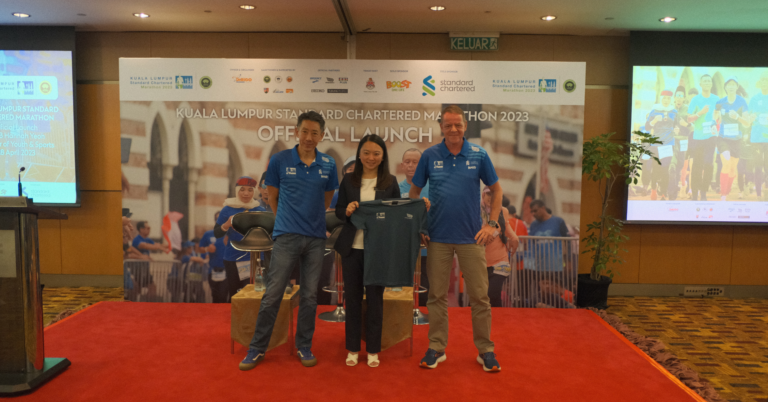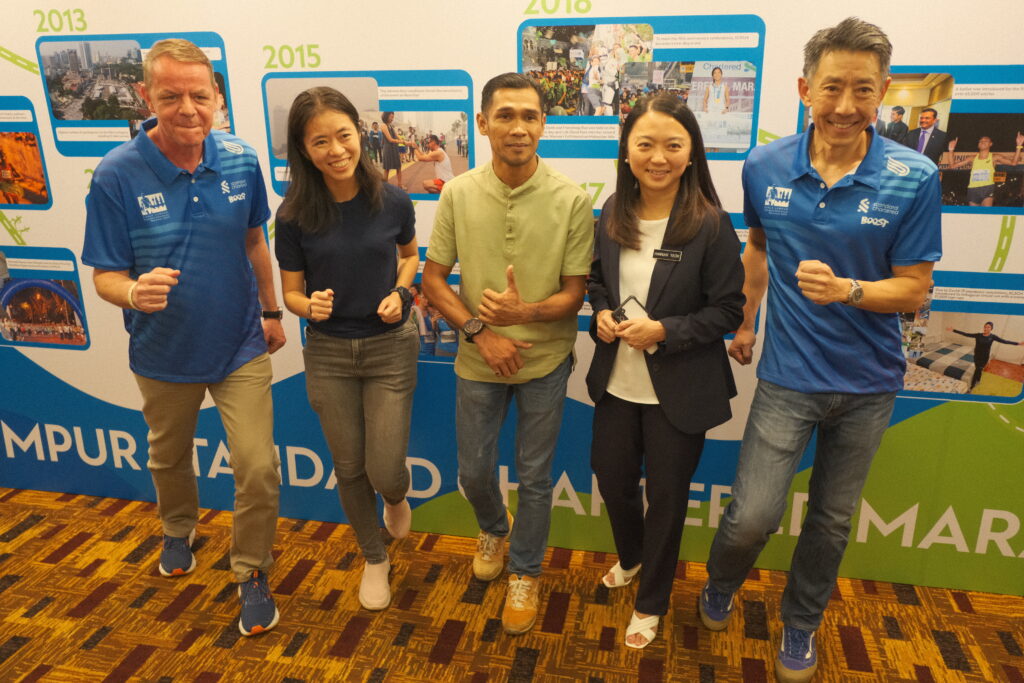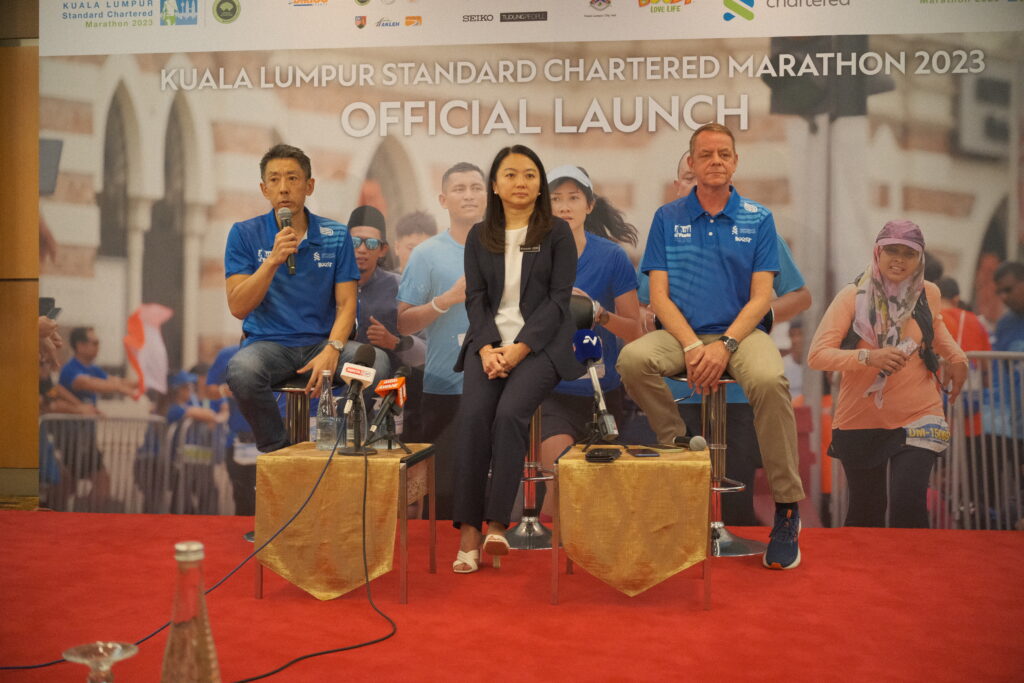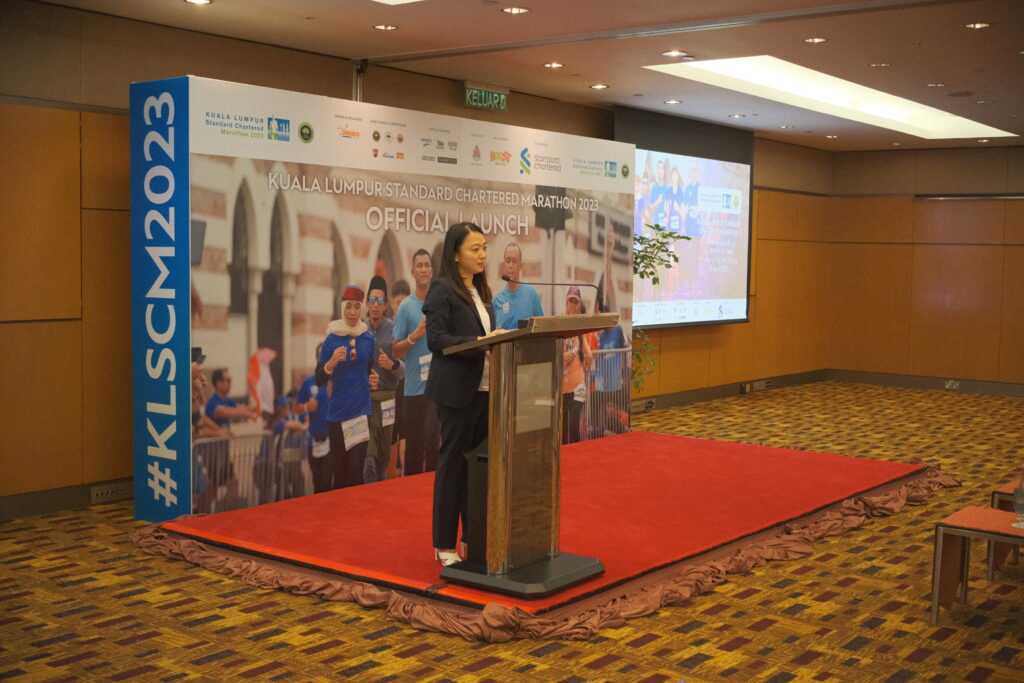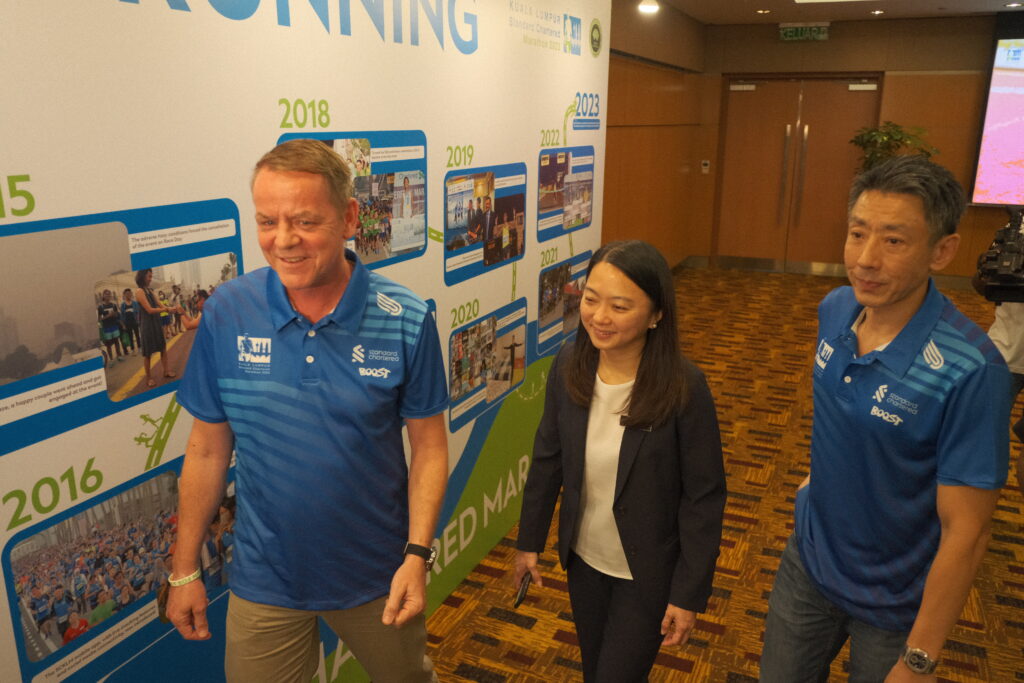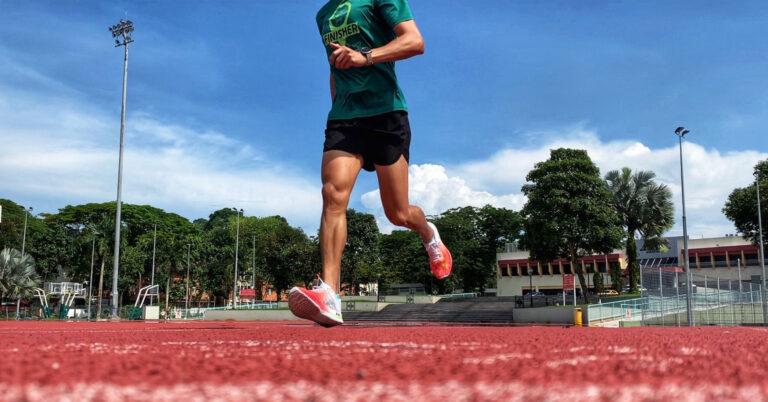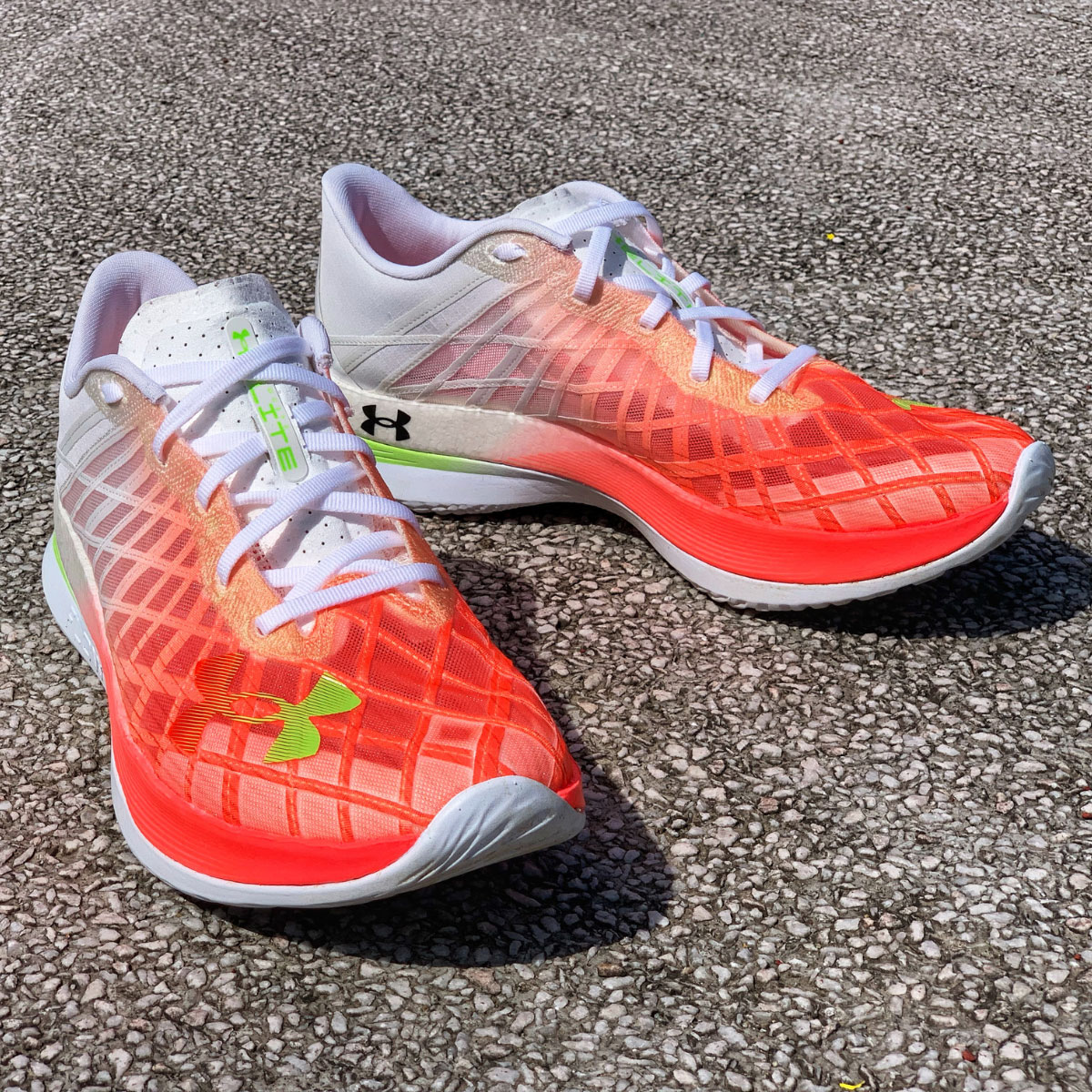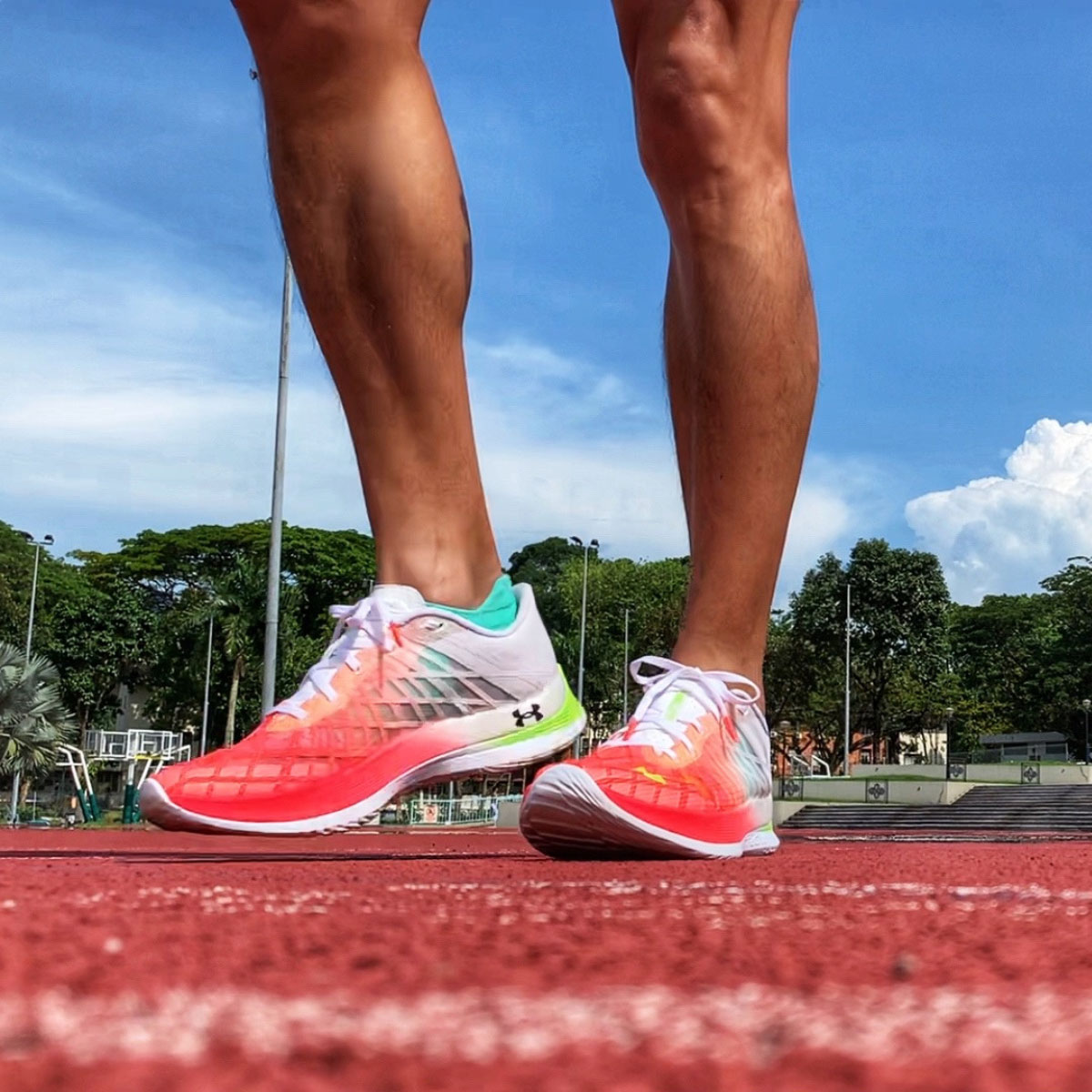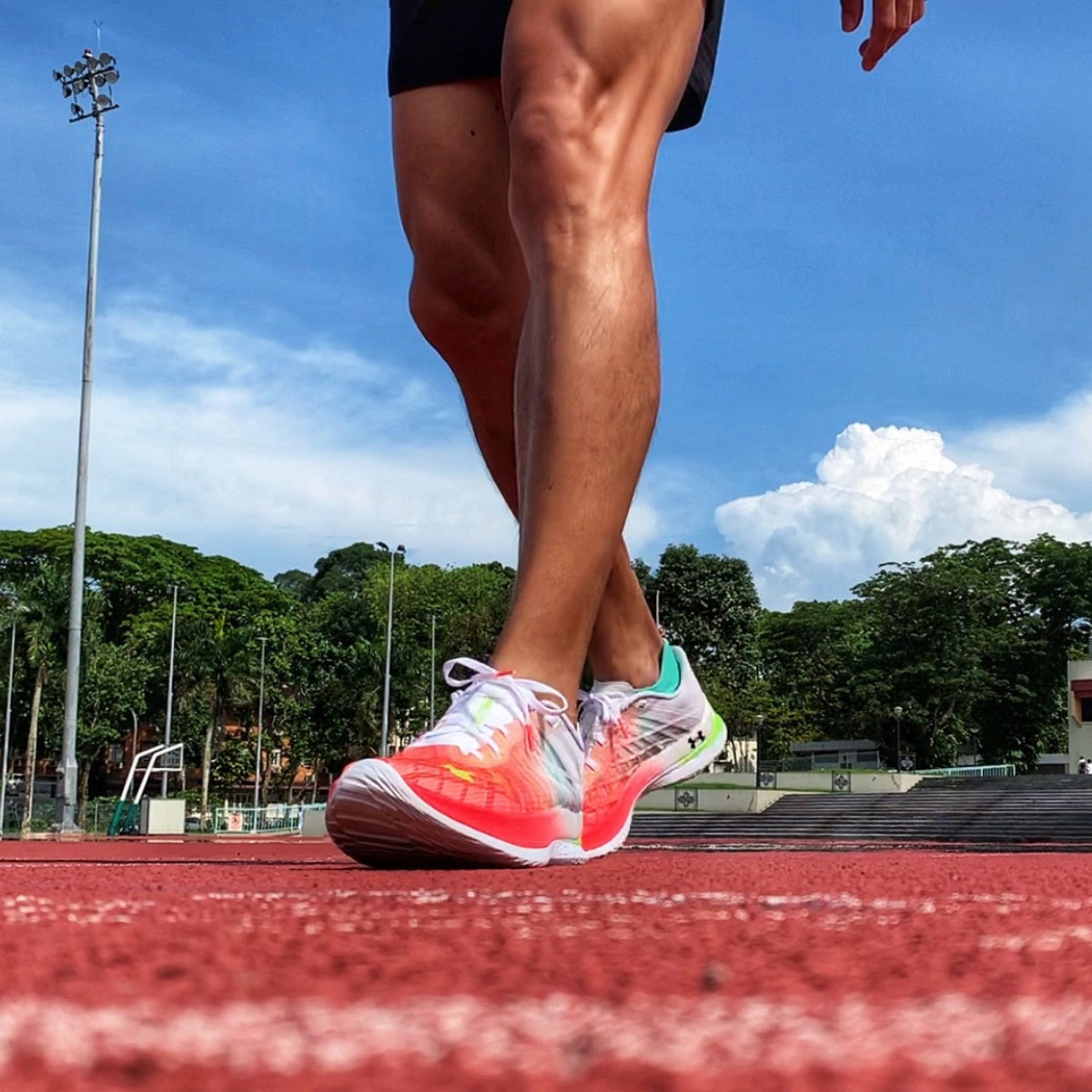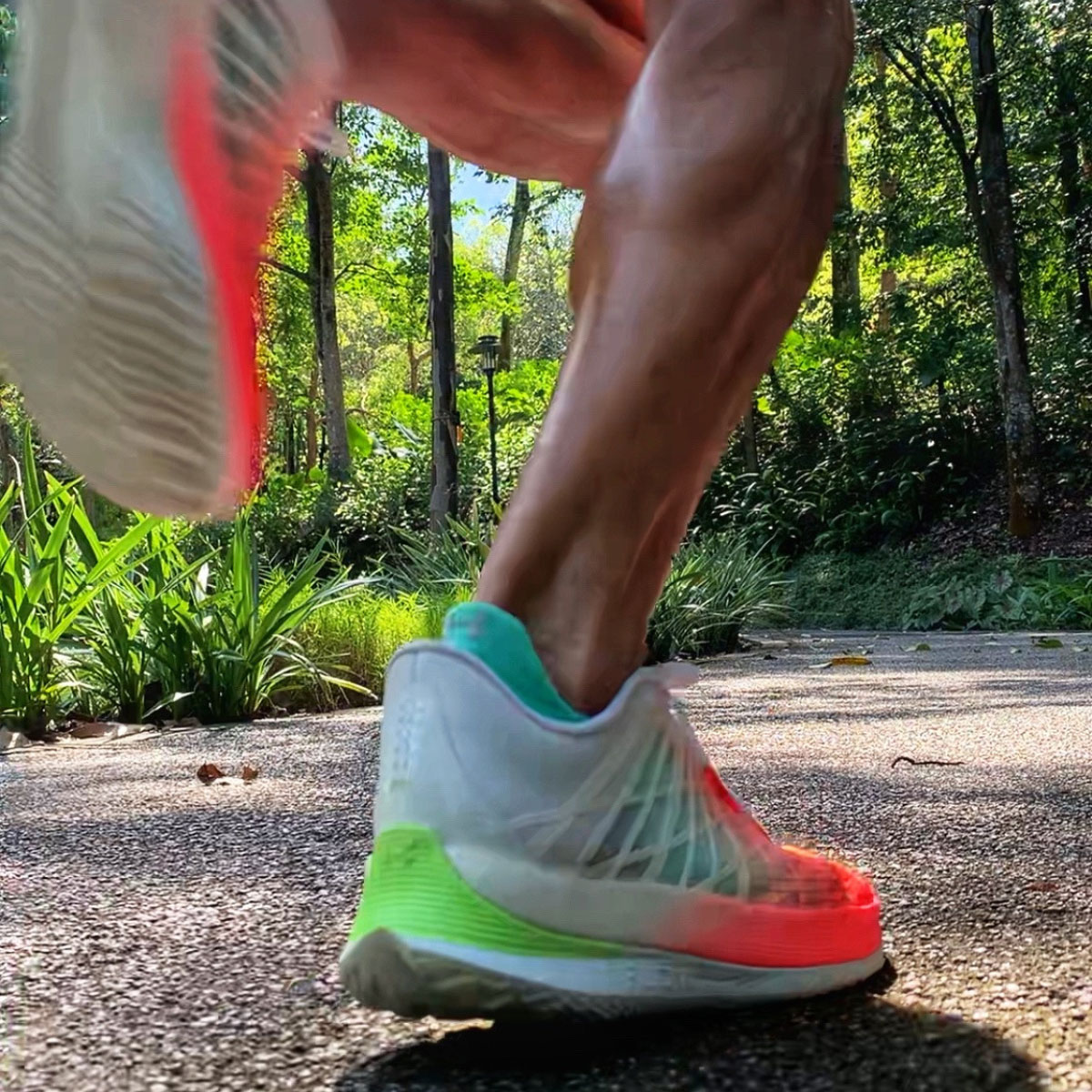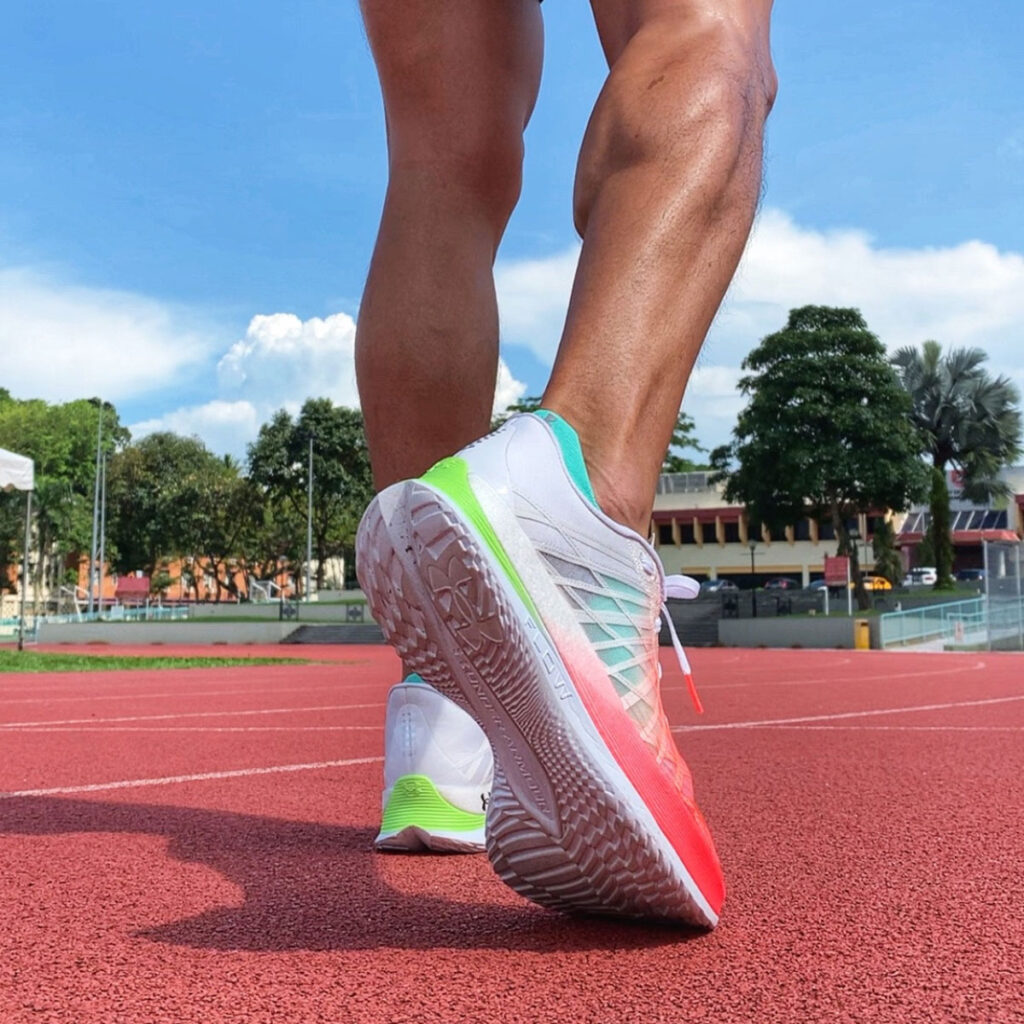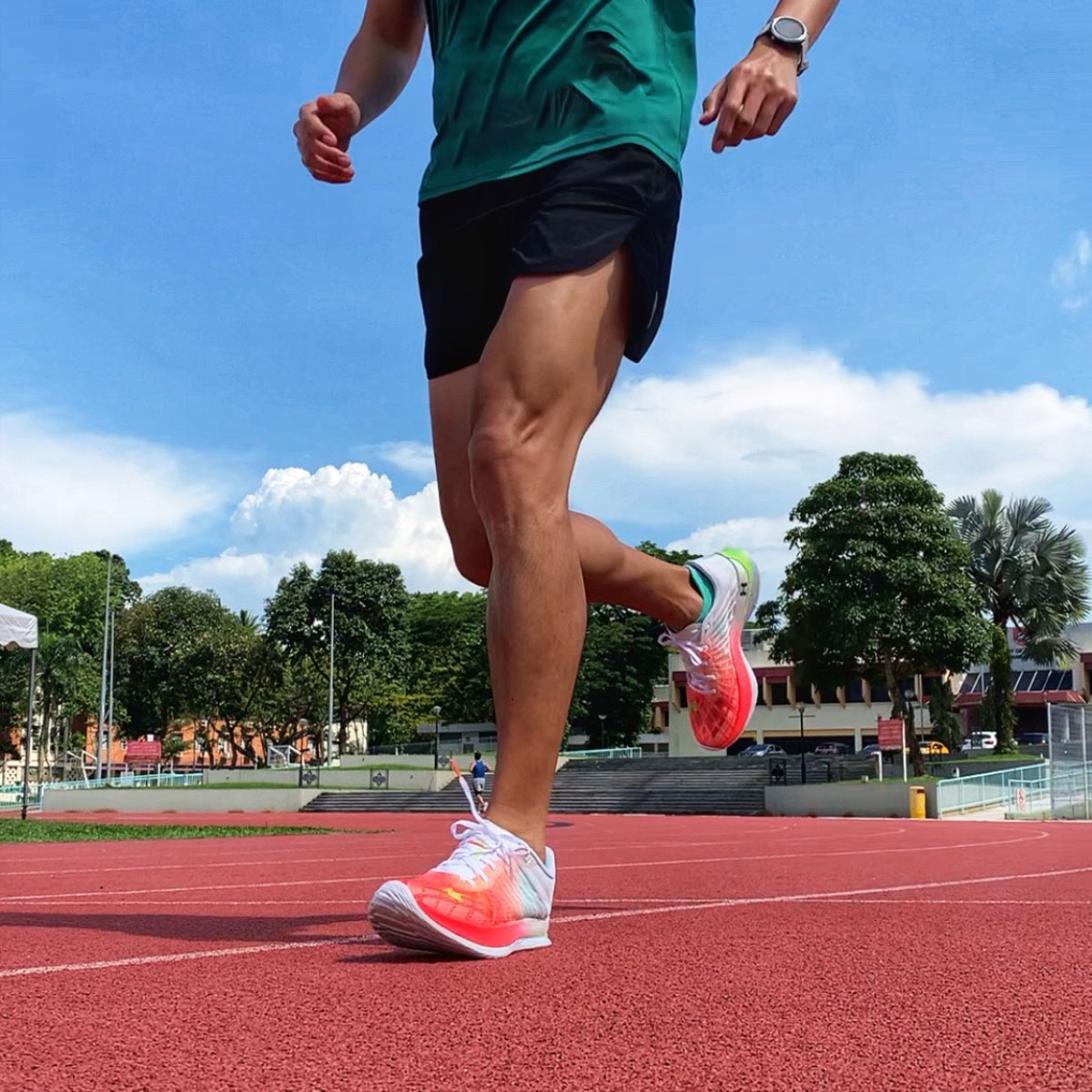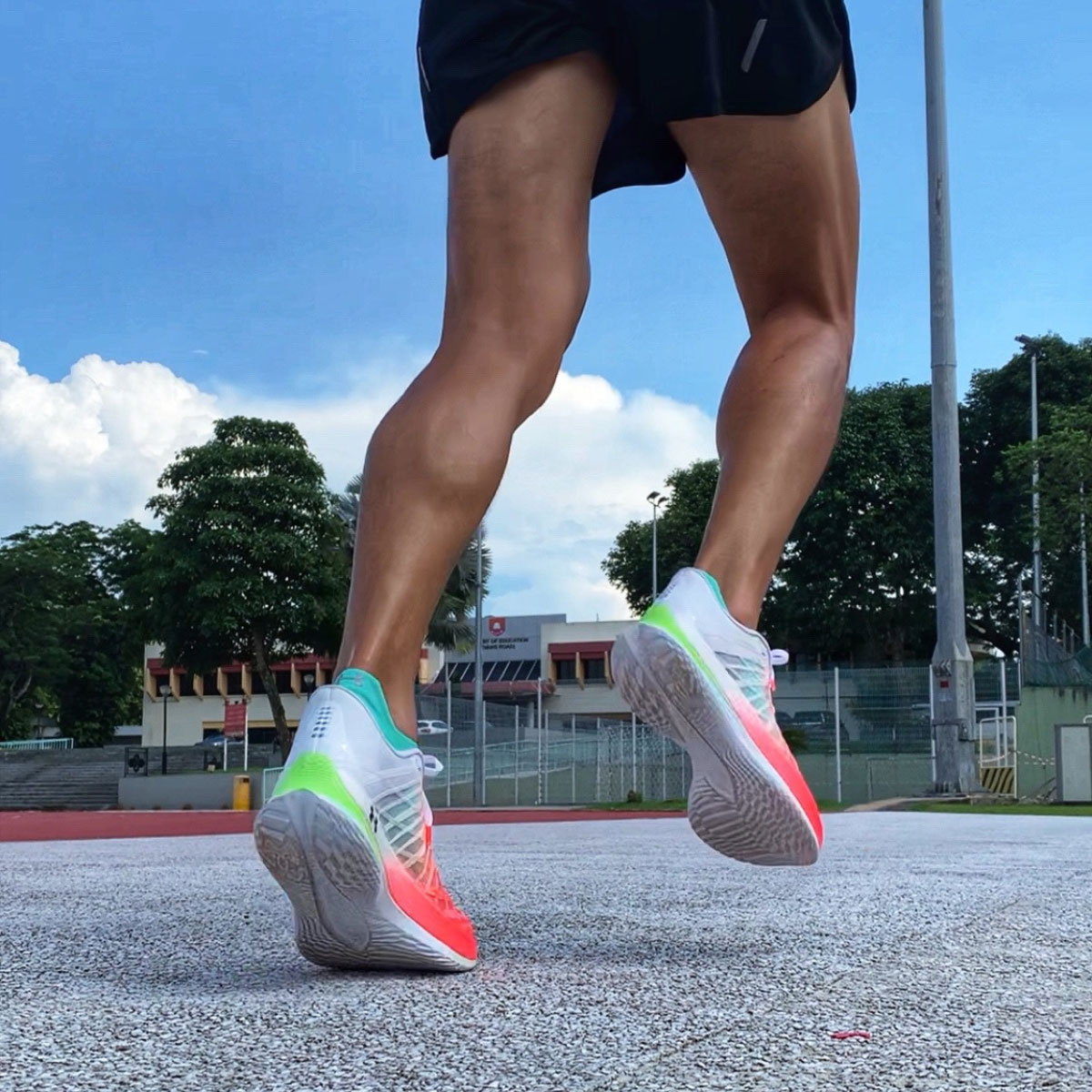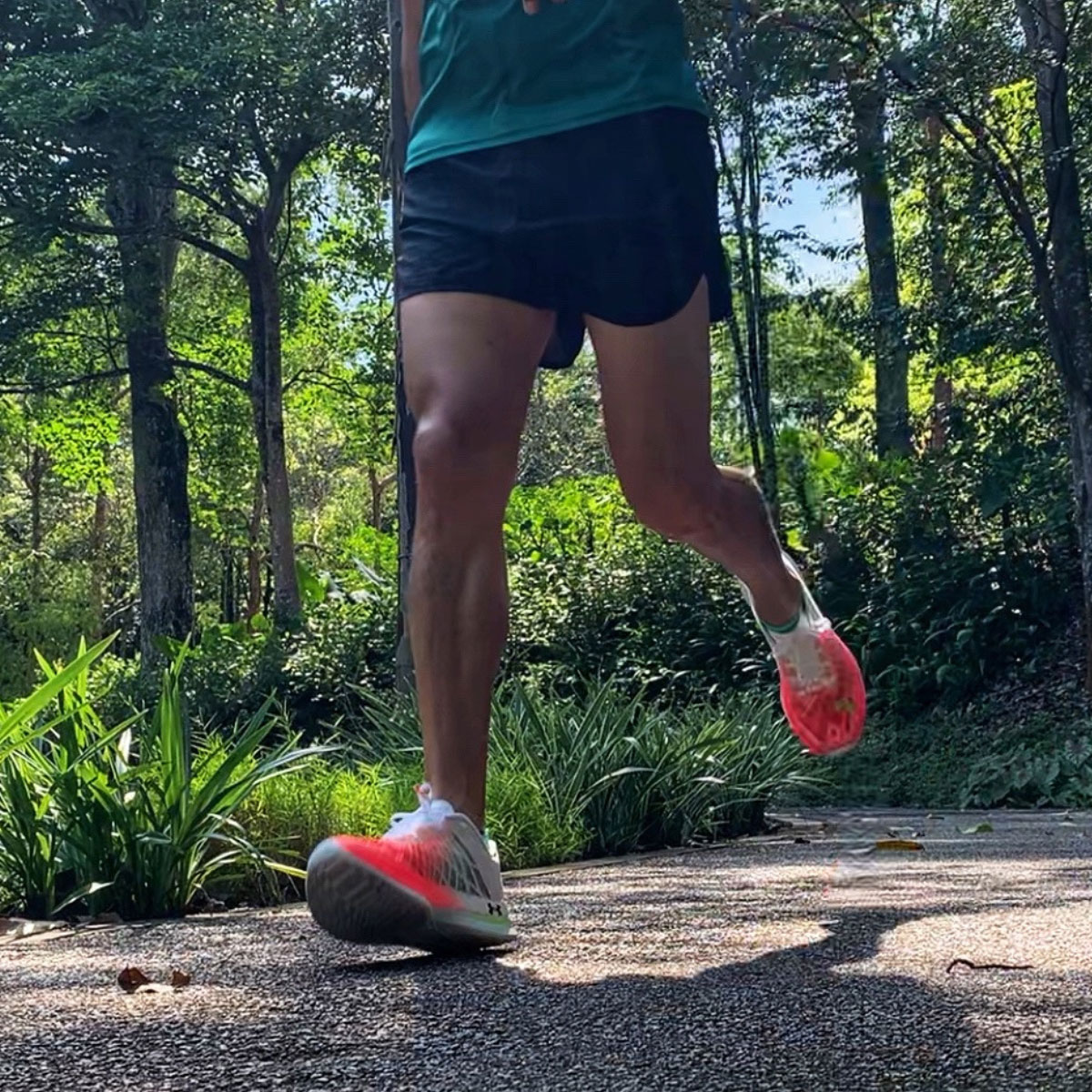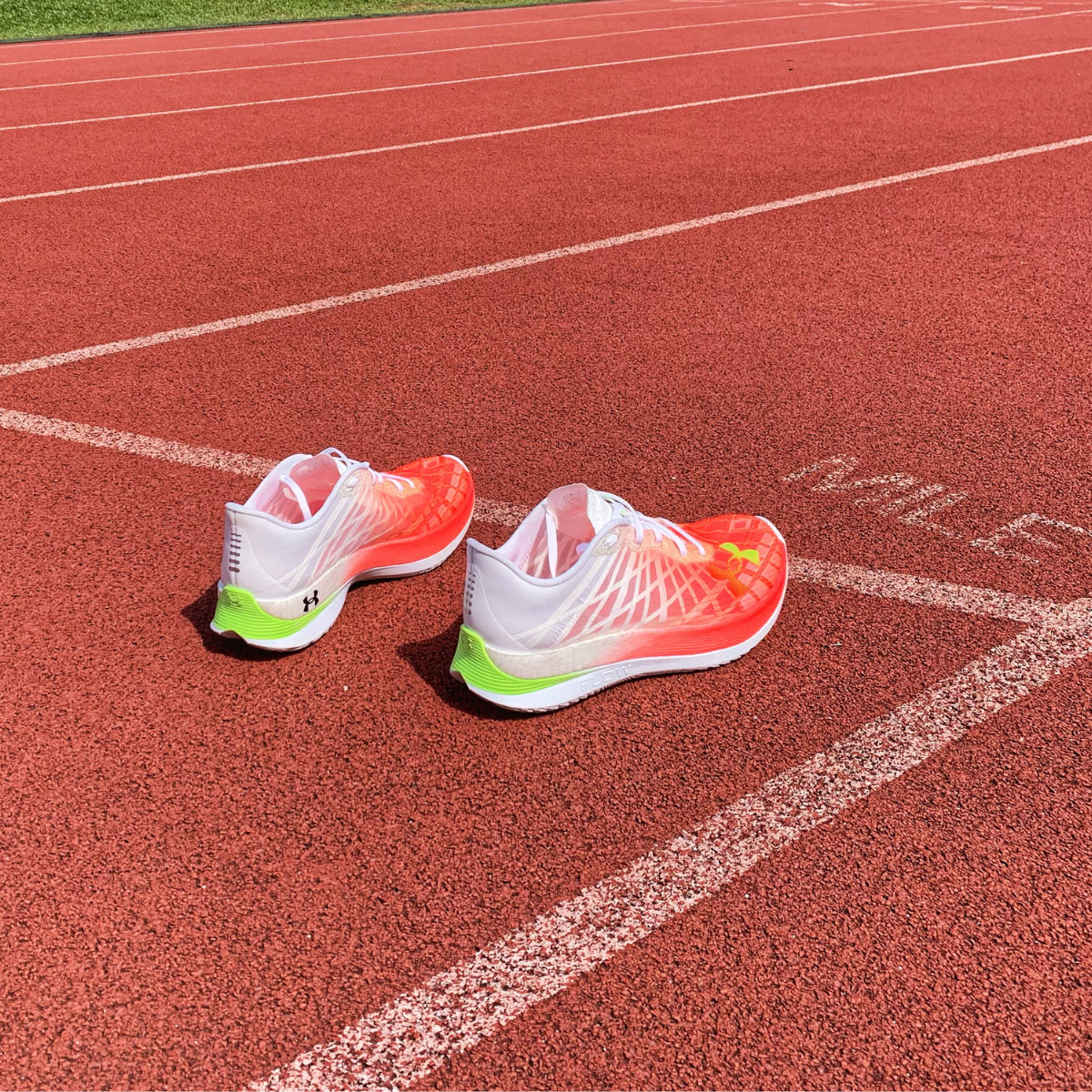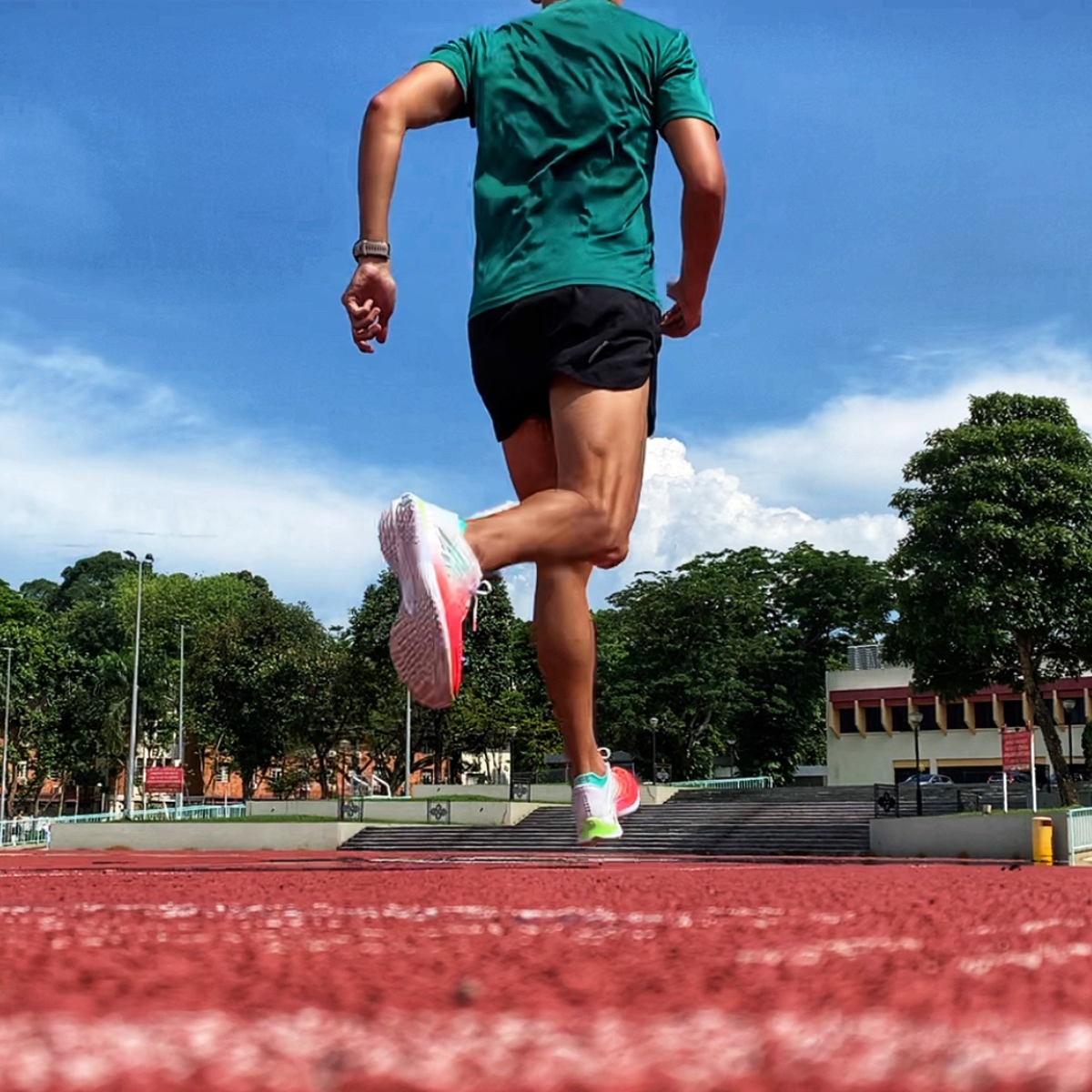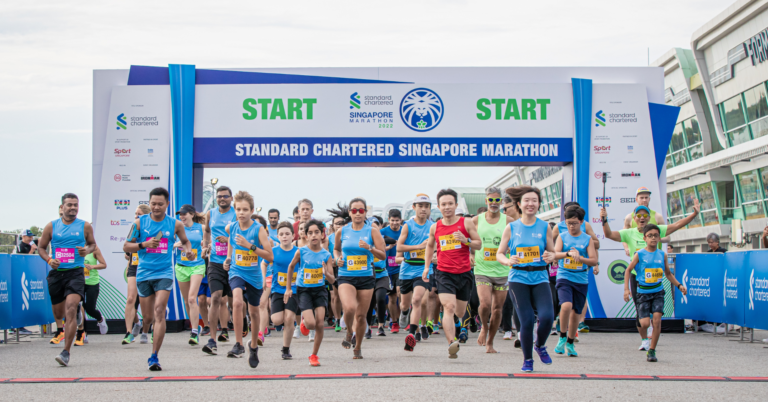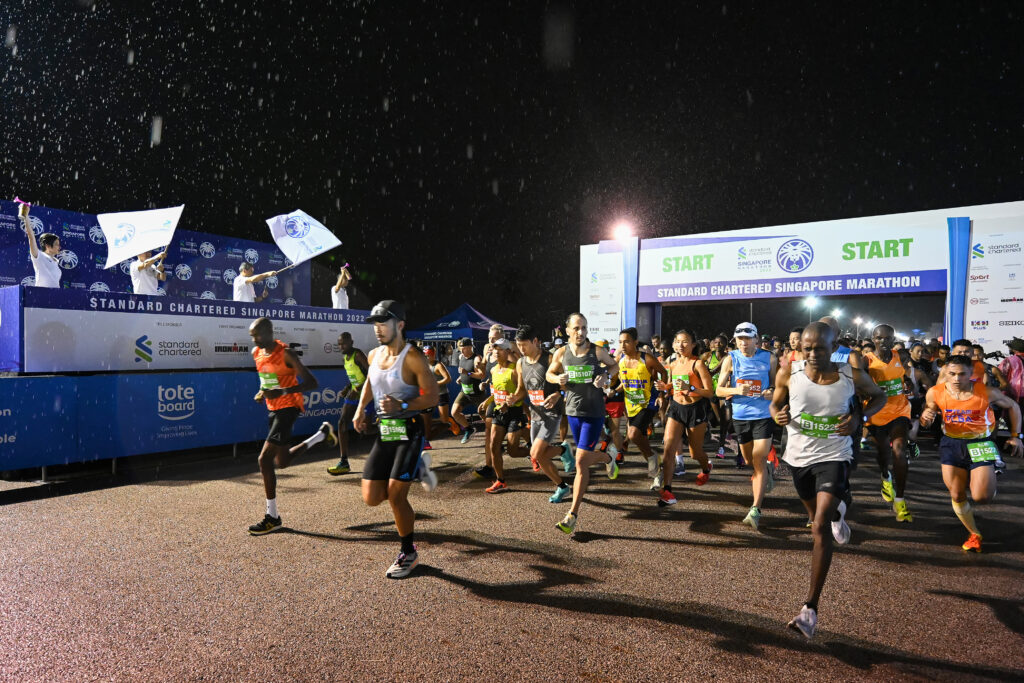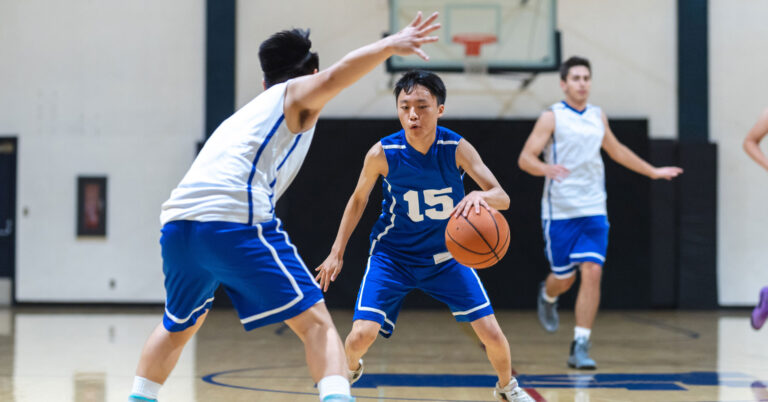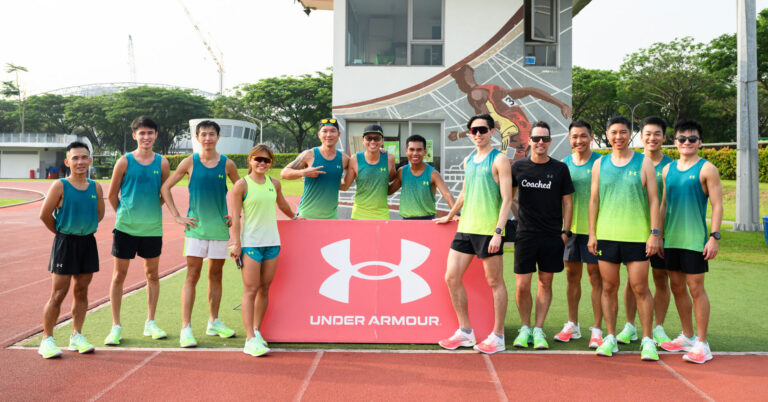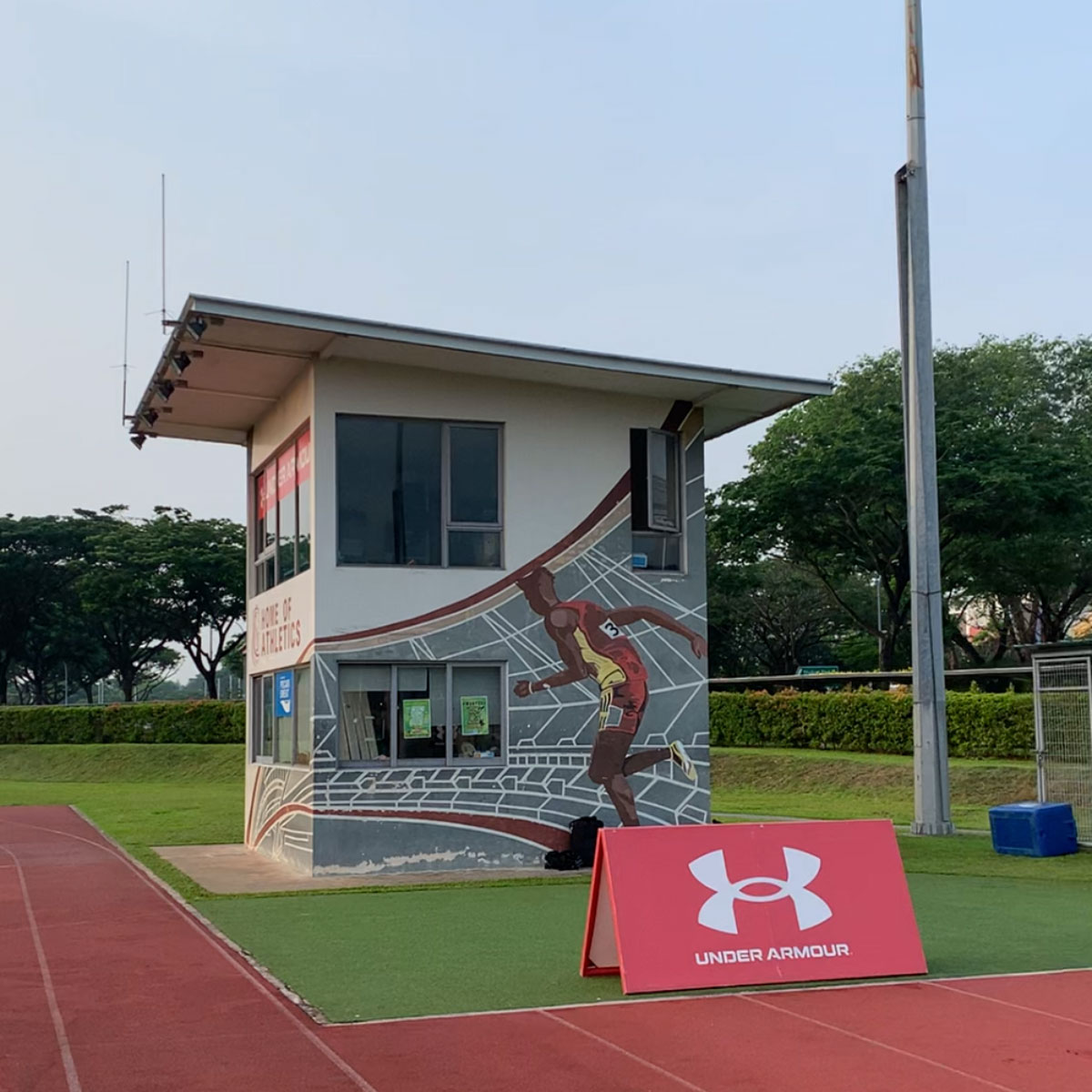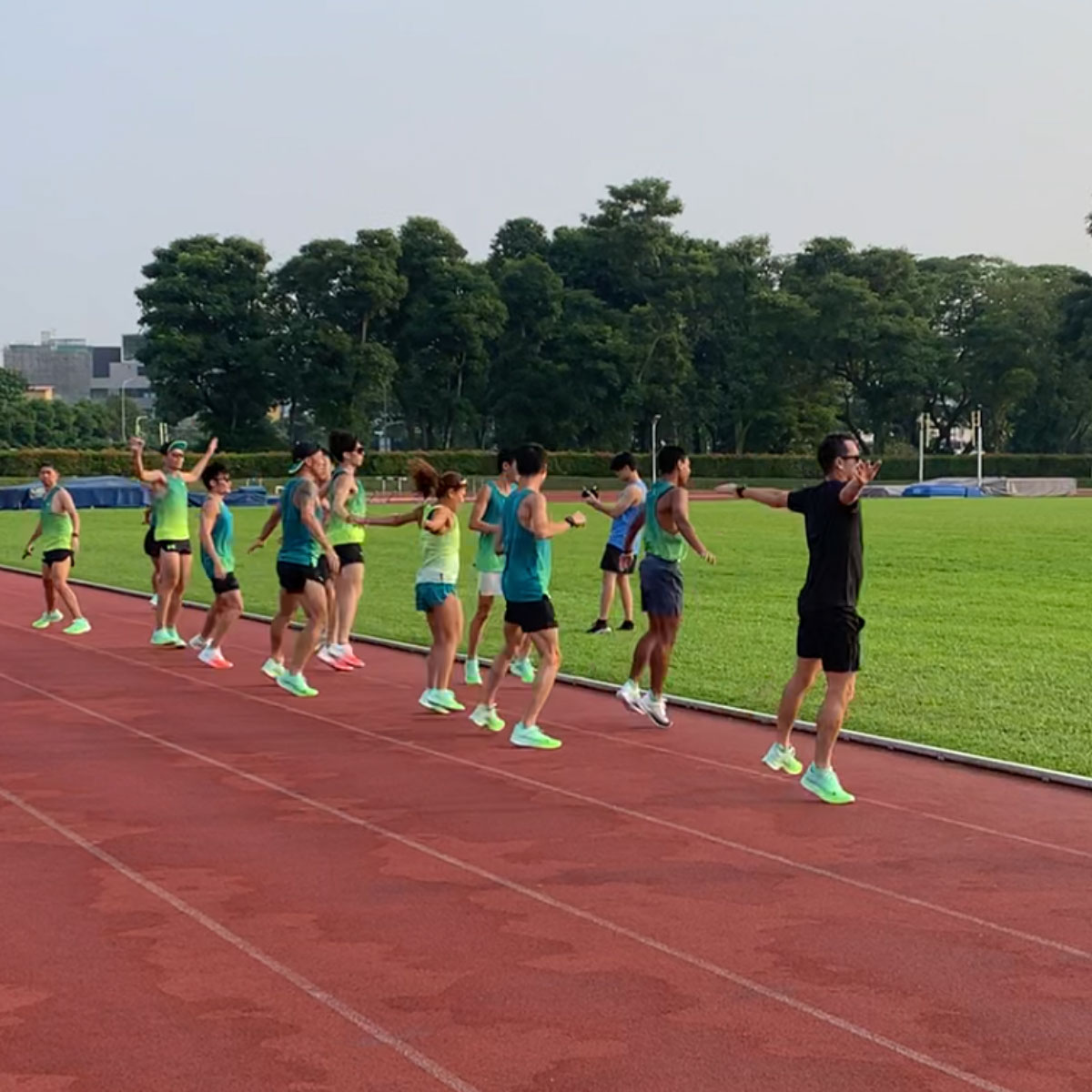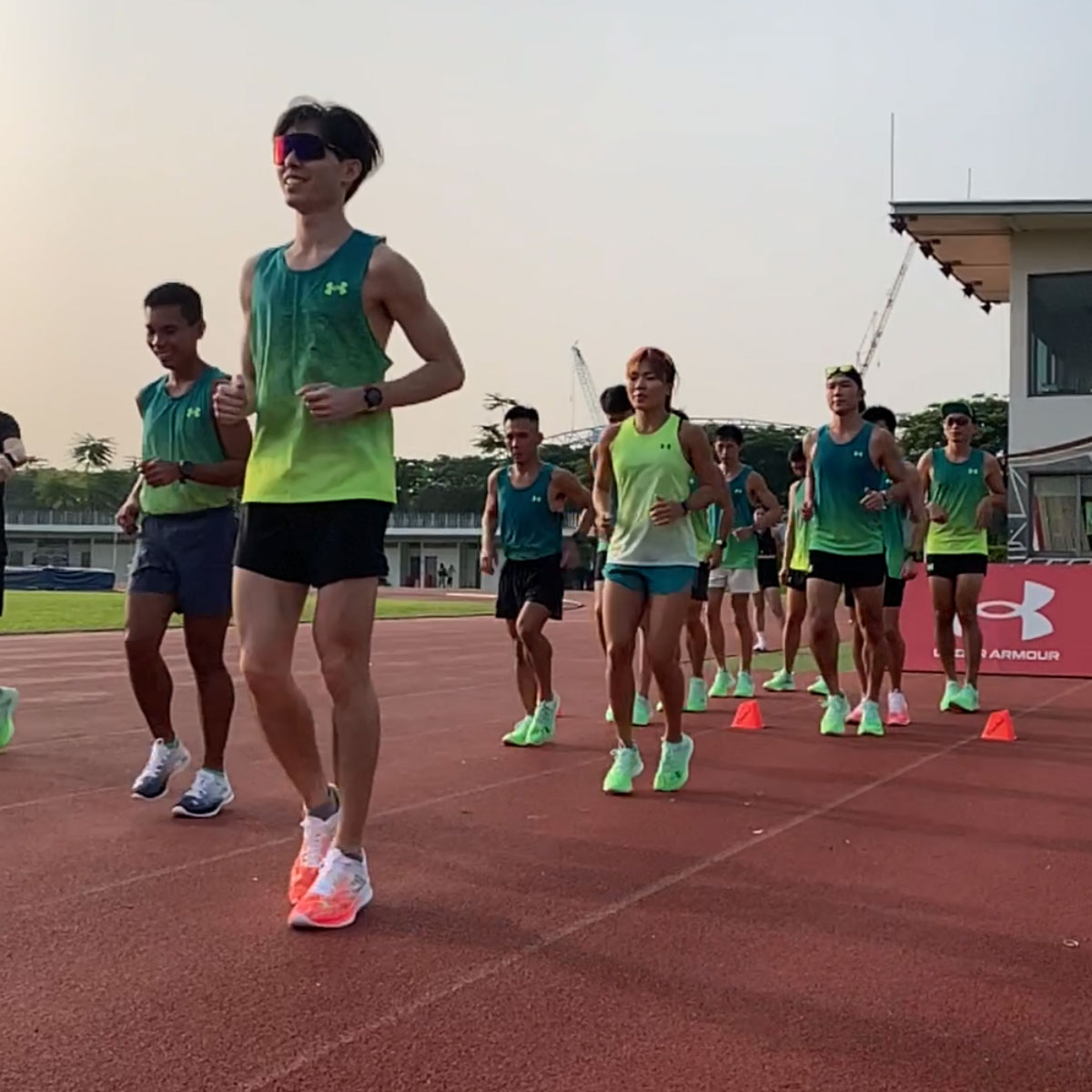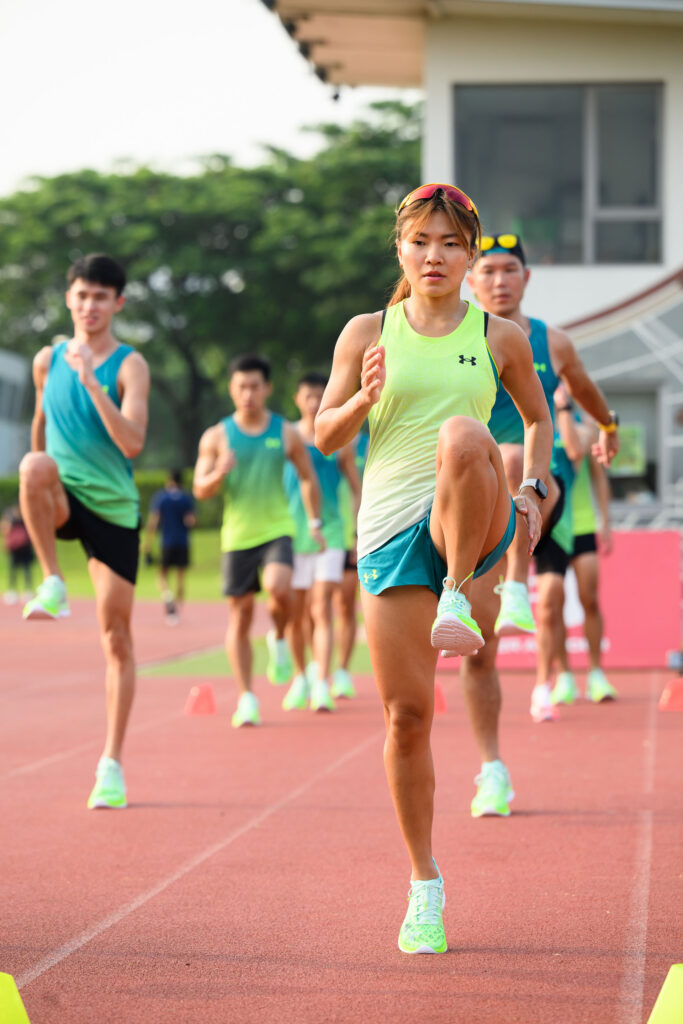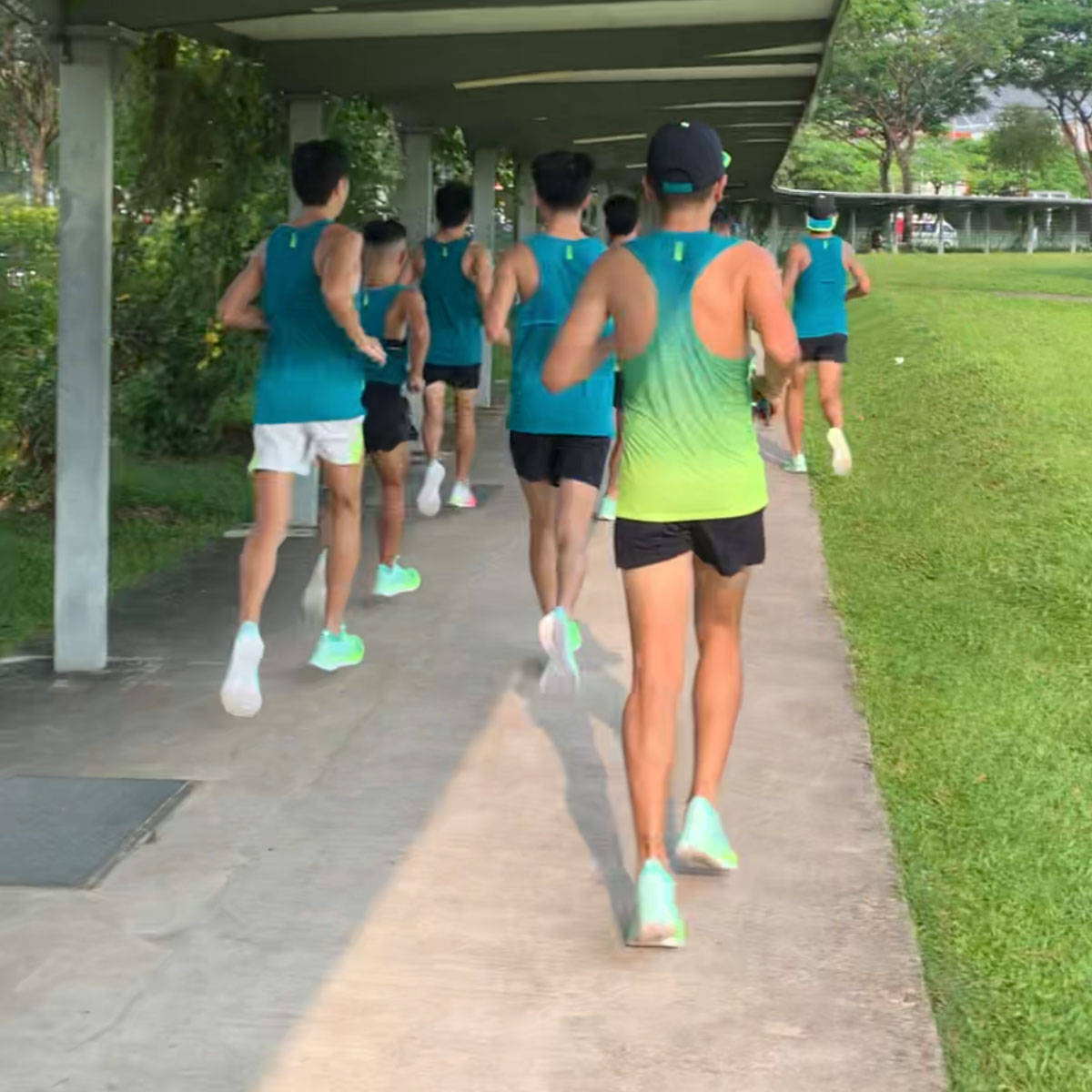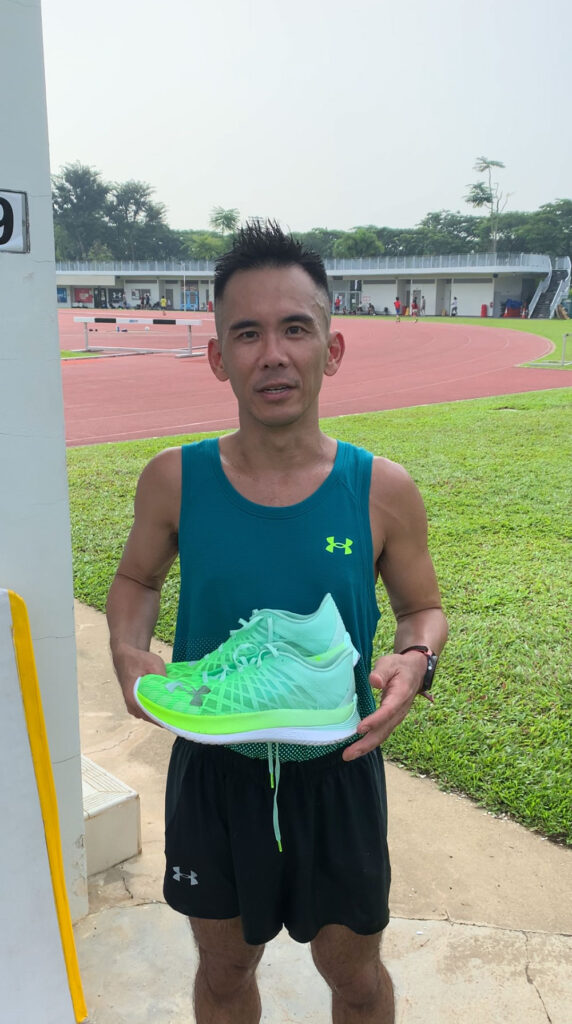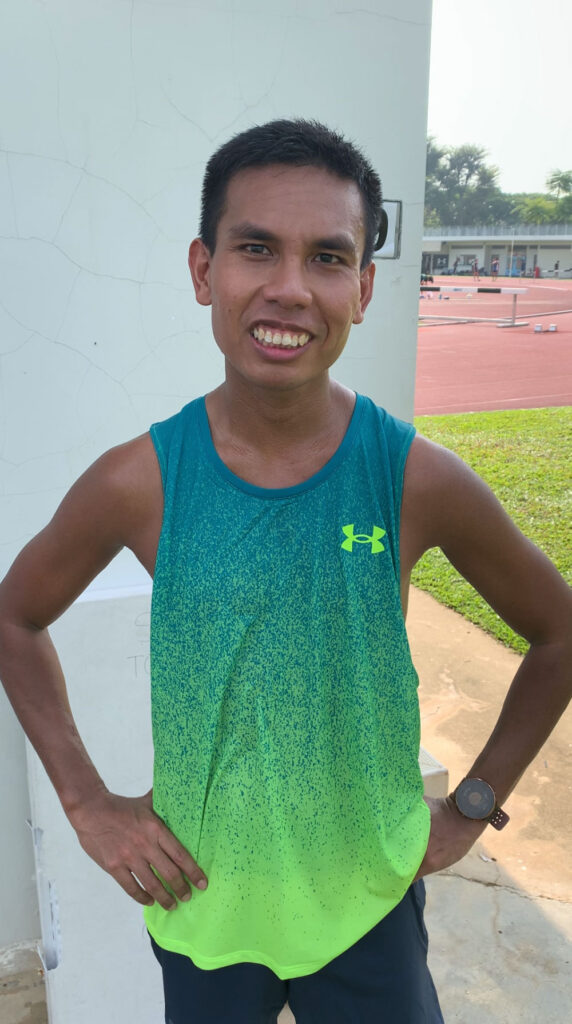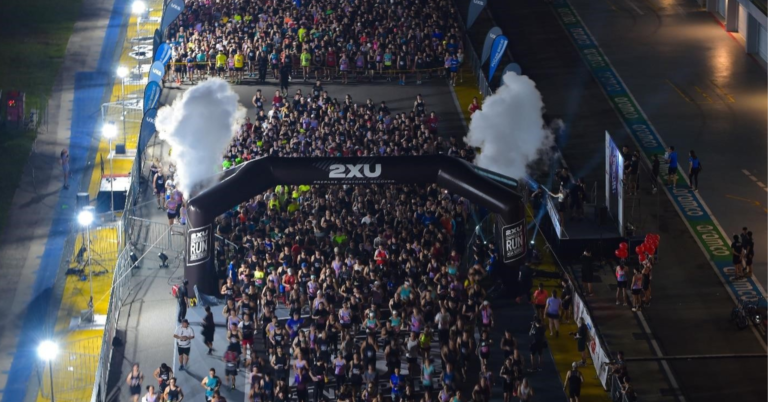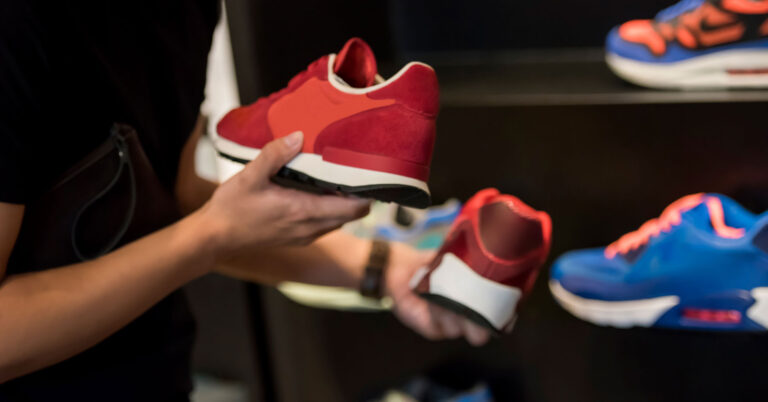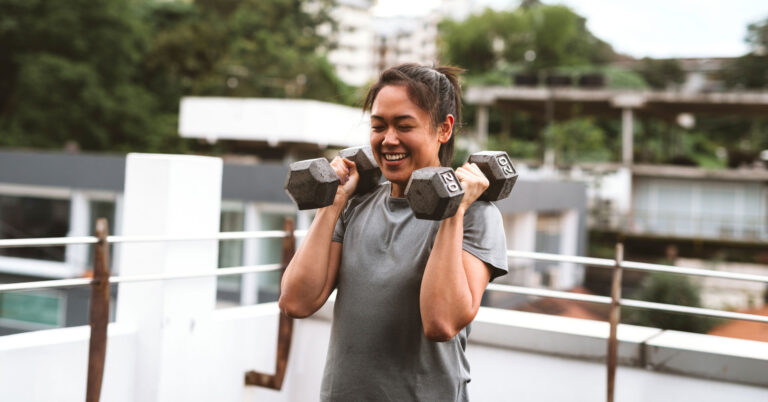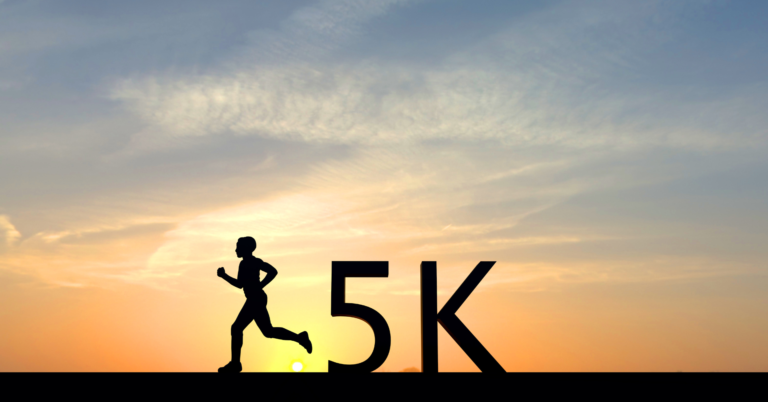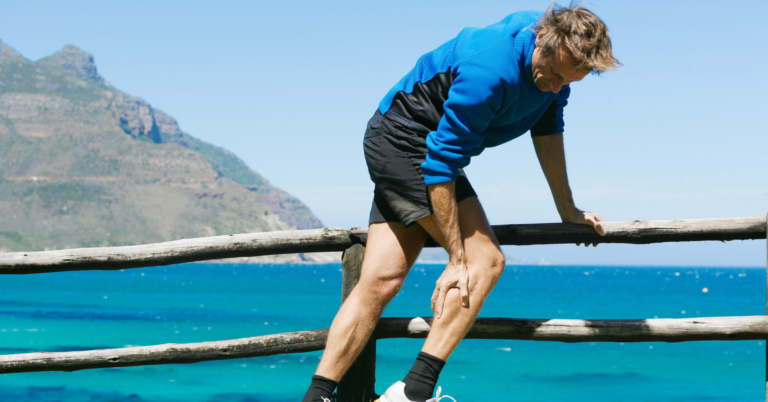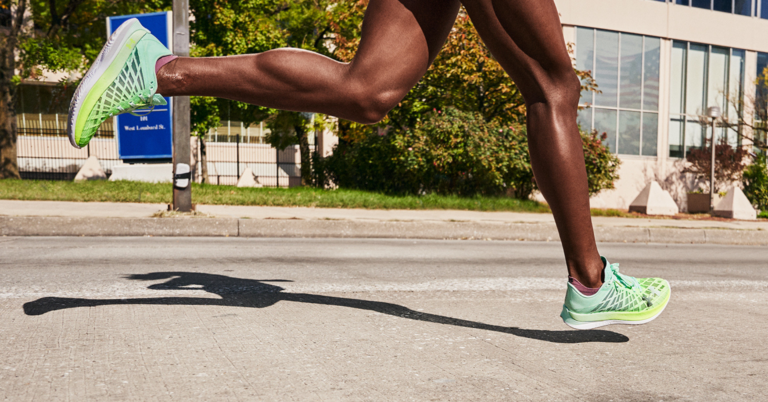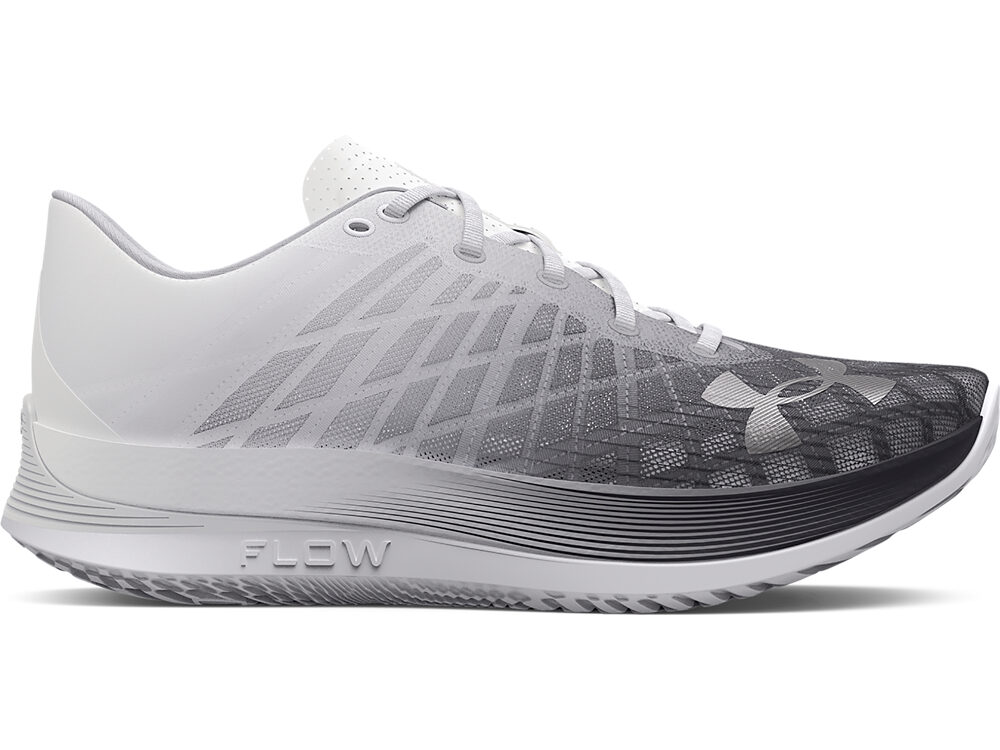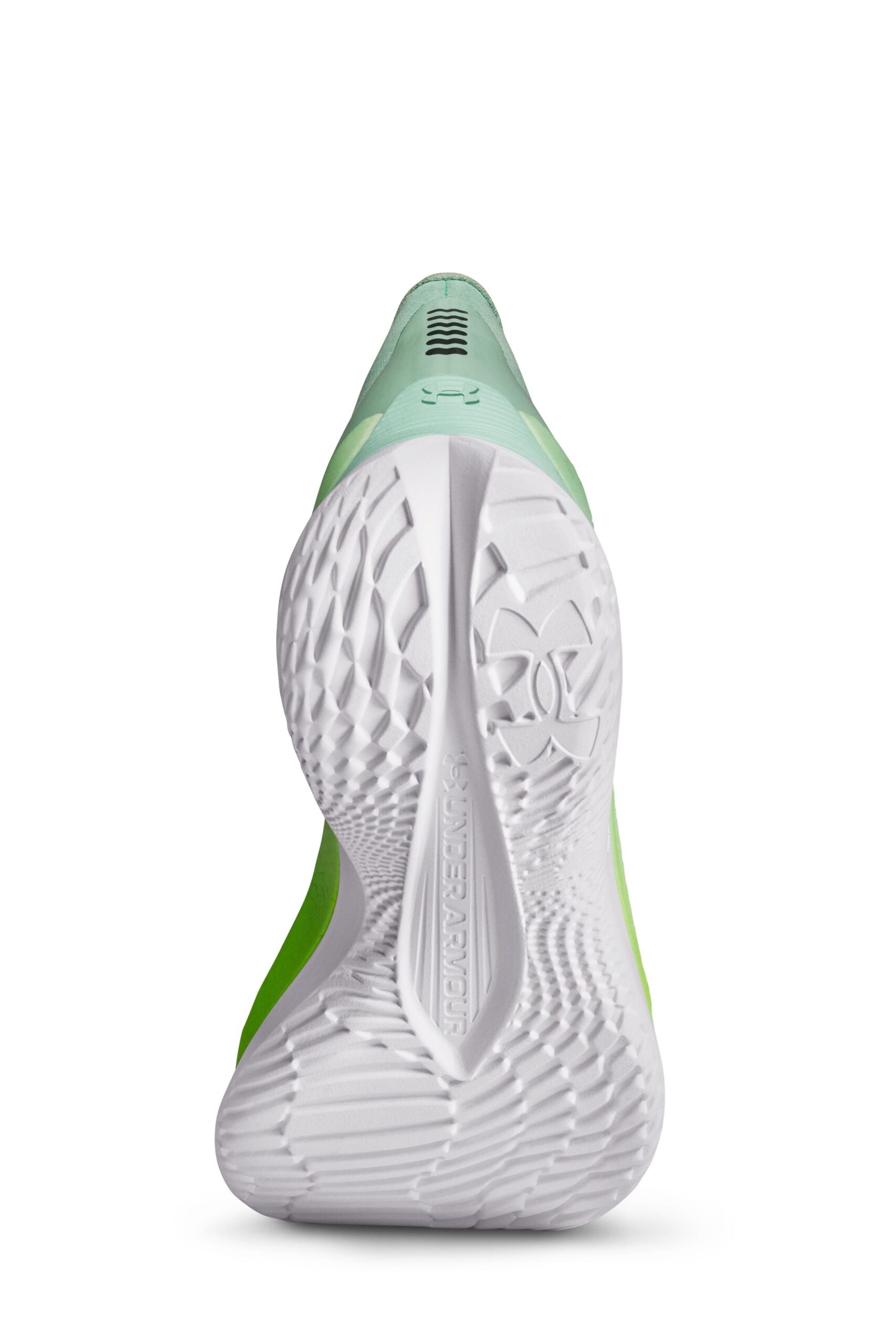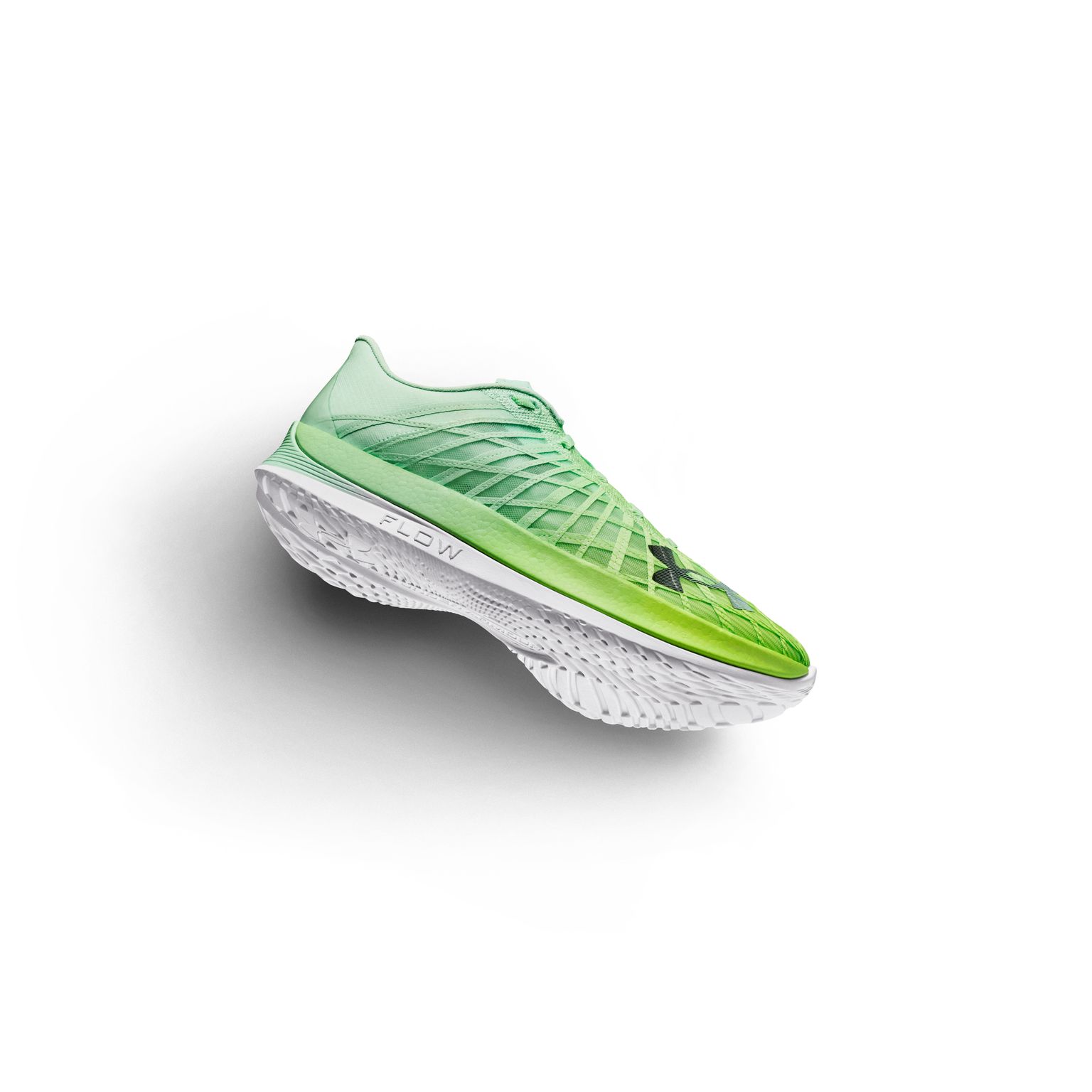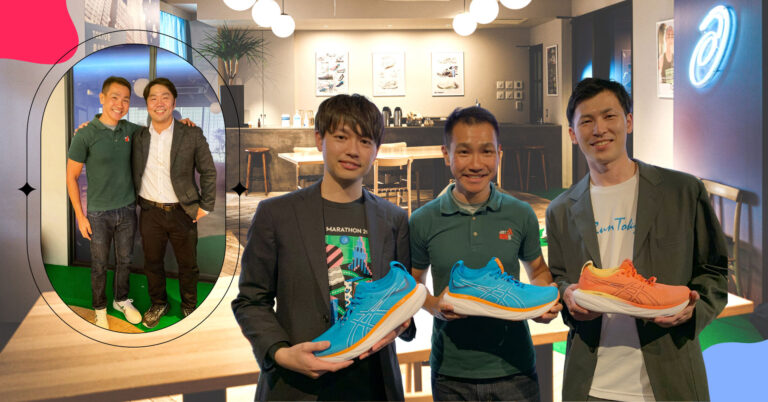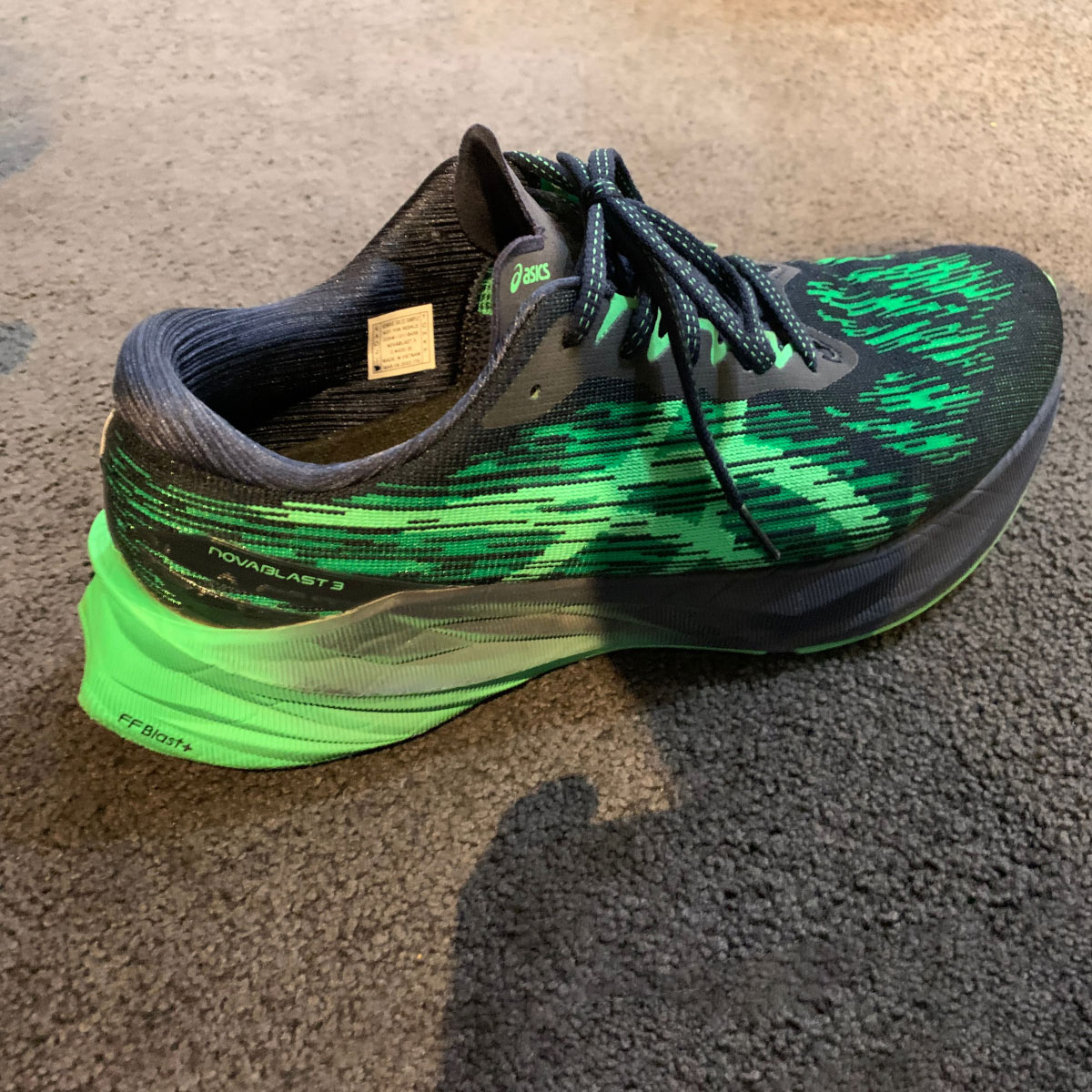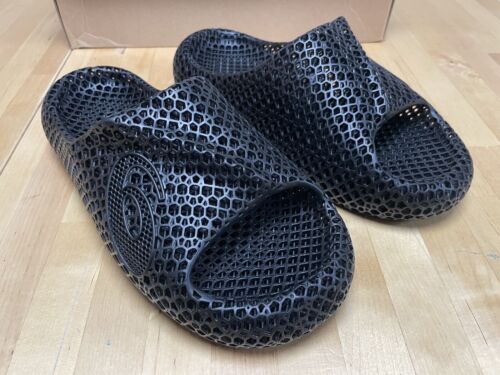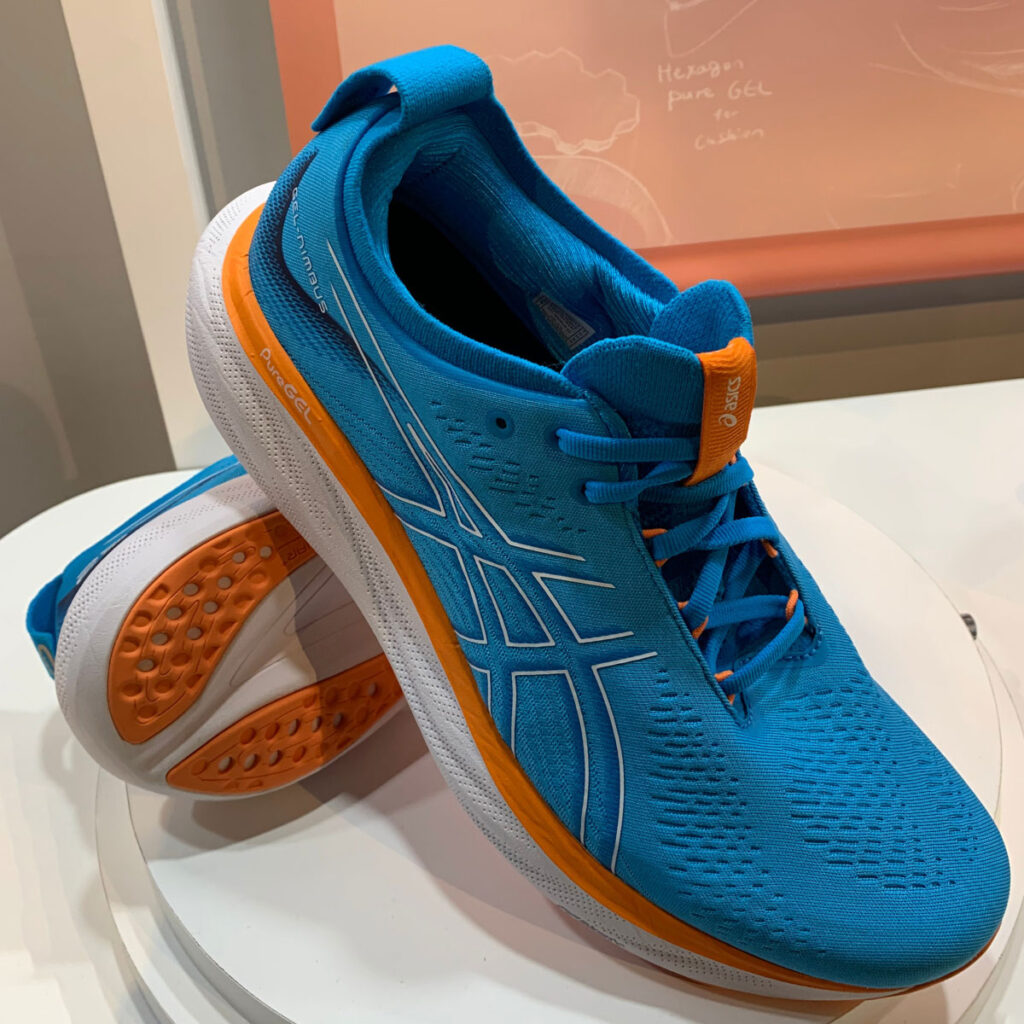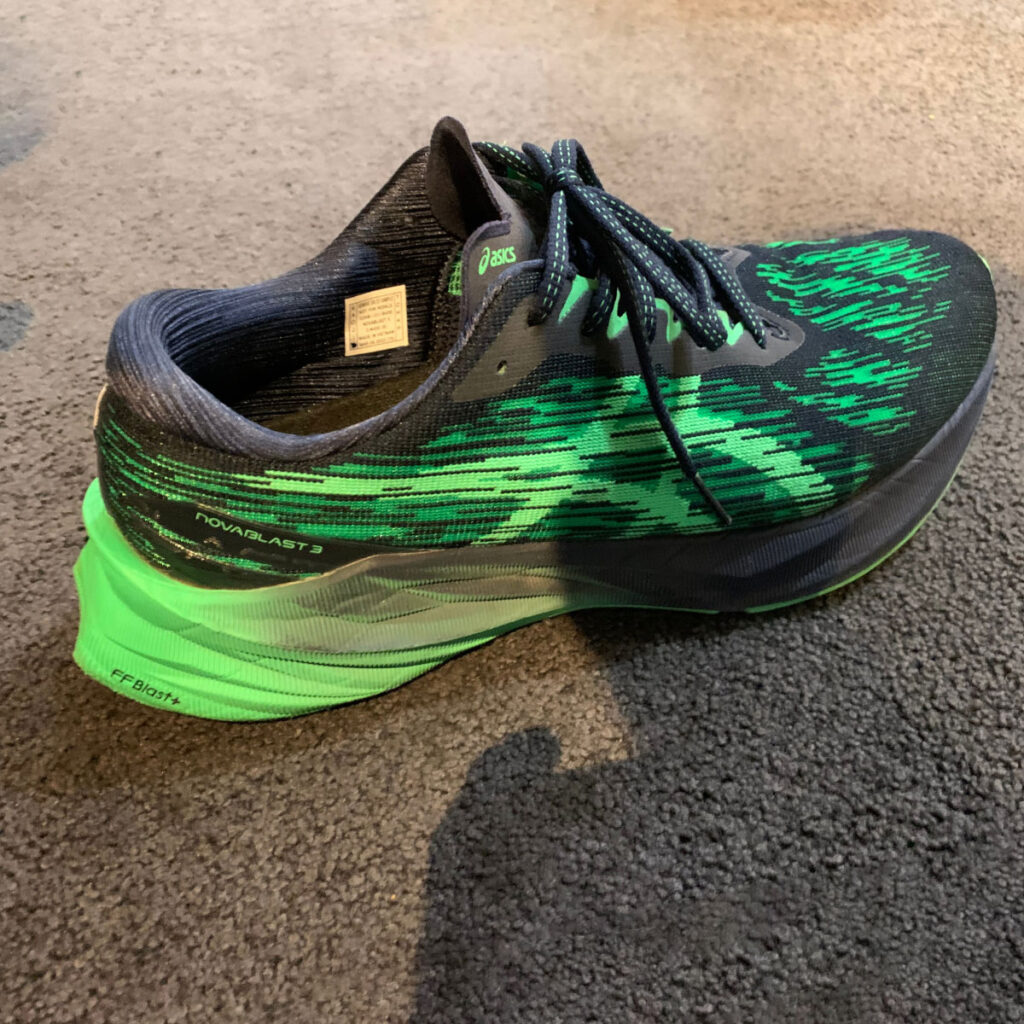As part of the Professional Triathletes Organisation’s (PTO) continued expansion, the PTO Asian Open Duathlon will be held in Singapore on 20th August 2023.
An international duathlon event will take place in a groundbreaking race course along the Marina Bay Financial District as part of a multi-year partnership between the PTO, the Singapore Tourism Board (STB) and Sport Singapore. Spectators will be blessed with the opportunity to cheer their athlete multiple times each leg, while enjoying the festival activities and food and beverages. Bring the whole family and friends for an unforgettable weekend in a truly stunning location.
Commenting on the news, Sam Renouf, CEO of the PTO, said:
“When we were planning the first PTO Asian Open, the opportunity to stage the event in Singapore and seeing the world’s best triathletes race around the iconic Marina Bay was something that made sense on many levels. It is important that the PTO Tour goes to different continents, different kinds of courses and different climates – that will enable us to see who really is the greatest endurance athlete on the planet. Singapore will be a great destination as well as a great race venue.”
The PTO Asian Open will also offer exciting opportunities for amateur duathletes and sports enthusiasts to participate in this iconic event, with a variety of age-group races over the weekend. Amateurs will have the opportunity to compete on the same course seen on the global broadcast of top athletes. Starting with a run along Marina Bay and the famous Gardens by the Bay, the participants will embark on a spectacular bike ride through the city center.
The two Duathlons will take place over two distances: a standard 4.5km Run/32km Bike/4.5km Run and a longer distance 9km Run/64km Bike/9km Run; both races have an individual or relay option that consists of 2 to 3 participants, including one cyclist.
The full list of course details for the Duathlon professional and experienced amateur PTO Asian Open races is available here and includes:
Run 1
The first run is on a flat surface, offering the most picturesque view of Singapore’s iconic skyline. Competitors in the Standard Duathlon will complete one 4.5km lap, while those in the Long Duathlon will complete two laps for a total of 9km.
Runners will be able to fuel up and hydrate at two aid stations per 4.5km lap. After running Run 1, you will arrive at transition, where you will prepare for the bike course.
The Bike
There is a closed city circuit route that starts and finishes at Marina Bay during the bike course. The fast course is mostly flat and on smooth tarmac with low rolling resistance. This course is unique because of its location – in the middle of the city with stunning views of Marina Bay and the city skyline.
Additionally, aid stations will be located along the bike route, where you can replenish energy and hydration.
Run 2
After cycling, you’ll have a chance to test your run strength again with one 4.5km lap for Standard Duathlon competitors and two 4.5km laps for Long Duathlon competitors. The second run follows the same route as the first – a flat, paved surface for blistering pace and a stunning view of Singapore’s iconic skyline.
Fuel and hydration will be available at two aid stations per 4.5km lap. As you finish Run 2, you’ll be rewarded with a grandstand finish fit for world-class athletes!
PTO Tour is also partnering with Warner Bros. to broadcast live the first-ever Asian Open to 170+ territories worldwide.
Join the race!
Become a part of the next chapter of triathlon history by signing up for the PTO Asian Open Duathlon today and enjoy early bird discounts till the 24th of May!




Click here for more information about PTO Asian Open!


